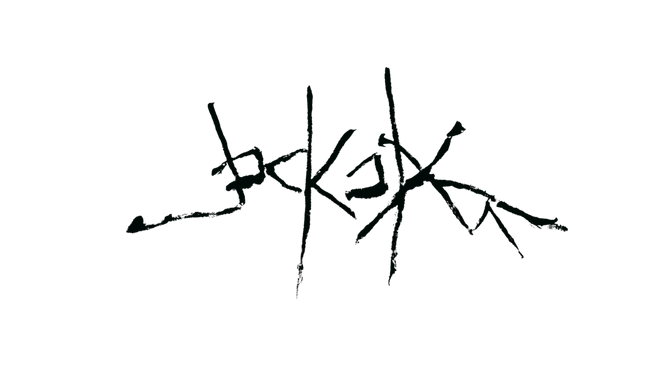In an age obsessed with visibility, choosing to disappear is the ultimate act of rebellion.
I am Jay Jackal — an anonymous Australian activist artist, street writer, and storyteller in the days of climate change.
I have chosen to remain unseen, untethered from the machinery of fame.
Not as a gimmick, but as a profound act of defiance.
Albert Camus once wrote:
“The only way to deal with an unfree world is to become so absolutely free that your very existence is an act of rebellion.”
This freedom — fragile, difficult, fiercely defended — is the soil from which my art grows.
Anonymity is not a cloak. It is a manifesto.
The Birth of Jay Jackal: A Ready-Made Rebellion
Jay Jackal was not born. She was made.
Inspired by Marcel Duchamp and Claire Fontaine, Jay Jackal is a “ready-made artist” — an authored conceptual creation.
Where Duchamp elevated everyday objects simply by naming them art, and Claire Fontaine treated authorship itself as a medium, Jackal emerged as an artist-as-concept: a refusal of ego.
In creating Jay Jackal, we severed the link between creation and creator.
We built a space where the work could speak without the artist’s biography shouting over it.
In a world hungry for faces and stories, anonymity is exile — but it is a chosen exile, necessary to preserve the purity of the message.
By removing the self, the work became undeniable.
Fame vs. Freedom: The Choice to Vanish
Today’s art world sells not just paintings, but personas.
It devours backstories and trades in celebrity.
Choosing to vanish is choosing freedom.
Fame seduces artists into becoming brands. What is gained in visibility is often lost in authenticity.
By stepping aside, I allow the work itself to stand, vulnerable and unfiltered.
This philosophy breathes through my series The Mask of Sanity, inspired by Hervey M. Cleckley’s study of the psychopathic personality.
The series examines the polished “game face” society wears to conceal its fractures — the cool detachment masking fear and trauma.
Each painting reveals the slippage between serene surface and inner collapse.
The mask dazzles, but the beauty is brittle.
Choosing anonymity is my refusal to wear that mask.
And for collectors, owning a Jay Jackal work means joining that rebellion — valuing truth over performance.
In my pursuit of artistic freedom, I accept risks others avoid.
To spread the climate message in a poetic and provocative manner, I sometimes step into illegality — creating unsanctioned street art that speaks directly to the public, in places where it cannot be ignored.
Why take such risks?
Because our kids’ future is sacred.
Because art must create dialogue — not simply decorate walls.
This same spirit of urgency drives me to expand beyond walls, using mediums like art cars and streetwear to carry the message further.
Each project — whether a painting, a protest, or a piece of clothing — is a call to look harder, feel deeper, and act faster.
Anonymity as a Climate of Resistance
The climate narrative haunts every brushstroke I make.
It is not a theme — it is the atmosphere we live in.
As fires rage, mega storms increase and the ocean rises, the old currencies of fame, status, and wealth show their fragility.
In this collapse, anonymity mirrors the forces of nature: unseen, uncontrollable, vast.
The climate crisis is not a spectacle to be consumed. Neither is art.
By remaining anonymous, I honor what is elemental — forces that resist ownership and easy definition.
Anonymity allows the work to live not in the shallow current of attention, but in the deeper flow of conscience.
In a world that demands performance, silence is a revolutionary act.
In a culture that demands branding, to remain unnamed is a form of resistance.
Through vanishing, I seek to make visible what truly matters:
Our fragile existence.
Our fractured relationship with nature.
Our urgent need to remember who — and what — we are.
Conclusion: The Art of Vanishing
Vanishing is not disappearance. It is emergence.
By refusing fame, I carved a space for freedom.
By stepping out of the spotlight, I allowed the message to burn brighter.
By disappearing, I became more present.
Every Jay Jackal artwork carries this spirit of rebellion.
It is not simply an image.
It is a fragment of resistance — against conformity, against commodification, against forgetting.
For those who collect my works, know this:
You are not just acquiring a painting.
You are participating in a quiet revolution.
In a culture obsessed with faces, you are choosing depth.
In a market obsessed with names, you are choosing myth.
And in an unfree world, you are choosing — with me — to be dangerously, gloriously free.

